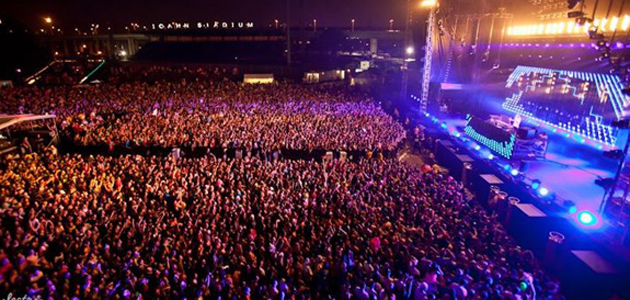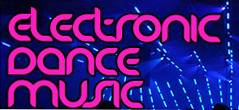 The proliferation of technology has made it possible for everyone around the world to create and distribute their own electronic music. There’s so much out there, it’s almost impossible to keep track of the various styles – and they morph constantly.
The proliferation of technology has made it possible for everyone around the world to create and distribute their own electronic music. There’s so much out there, it’s almost impossible to keep track of the various styles – and they morph constantly.
But there are a couple of key differences, one of which is the cultural split between European and North American EDM. And it’s not just the accent!
Of course, a lot of people wouldn’t notice a contrast at all. By this point, the genres have mixed up and developed to such an extent that it’s not like you’re going to recognize the nationality of a DJ just from the tunes they create.
But an expert might note subtle differences that stem from how each genre developed in each area of the world. The economic climates of Europe and North America have had significant effects on the evolution of EDM.
For one thing, North America’s capitalist focus means that less public spending is available to arts and culture. This means EDM had to survive by becoming mainstream. You’ll notice that the happy, thumping 4/4 beats of house music have infected almost every stream of pop music in recent years, from hip hop to soft rock to bubble gum. In order to make any money, electronic music on this side of the Atlantic has to appeal to the masses. And that it does.
Of course, with the independent-music scene booming within the past 7 or 8 years, more folks are giving themselves over to wild experimentation – but there’s still not much money in it. Just ask anyone still lap-topping in a basement somewhere.
In Europe, things are a little different. A major climate of support exists for everything arts and music related. Most cities, even small ones, have publicly-funded opera houses and theatres. So, what this means for EDM in Europe is that musical experimentation is fostered. There are grants available for artists who just want to focus on the sounds they’re producing, not on making those sounds appeal to a wide swath of people. And, importantly, there is a market of specialized listeners searching out music that fails to charm the mainstream; these people don’t want to hear house music, progressive or not. Go figure!

These basic economic and cultural differences resulted in early EDM experimentation by musicians from Germany, the Netherlands, Britain and Italy, among other countries. EDM producers weren’t limited by whether their music was popular or not. They just kept on checking out new sound patterns, some of which turned into classic italo-pop, new wave or synth pop.
The crowds loved a lot of this stuff and it flew over to North America on pretty quick wings, influencing early EDM there and characterizing the 80s with those typical warm, synthesized grooves that we still crave today.
North American EDM, as well as adopting early European influences, owes many of its characteristics also to the influence of black roots music like soul, funk and reggae. You’ll notice that while the hip-hop genre is similar to house music in influencing nearly every top 40 album out there, it’s still not as prevalent in music coming from Europe.
So, while North American EDM might exhibit slight tendencies towards popular conformity, it also shows a huge amount of creativity and appeal. European EDM still possesses that angular, synthesized quality which makes it super-danceable, but the warmth and zaniness of breakbeat styles is missing.
Who knows what will happen as these styles continue to converge? Your guess is as good as mine.




